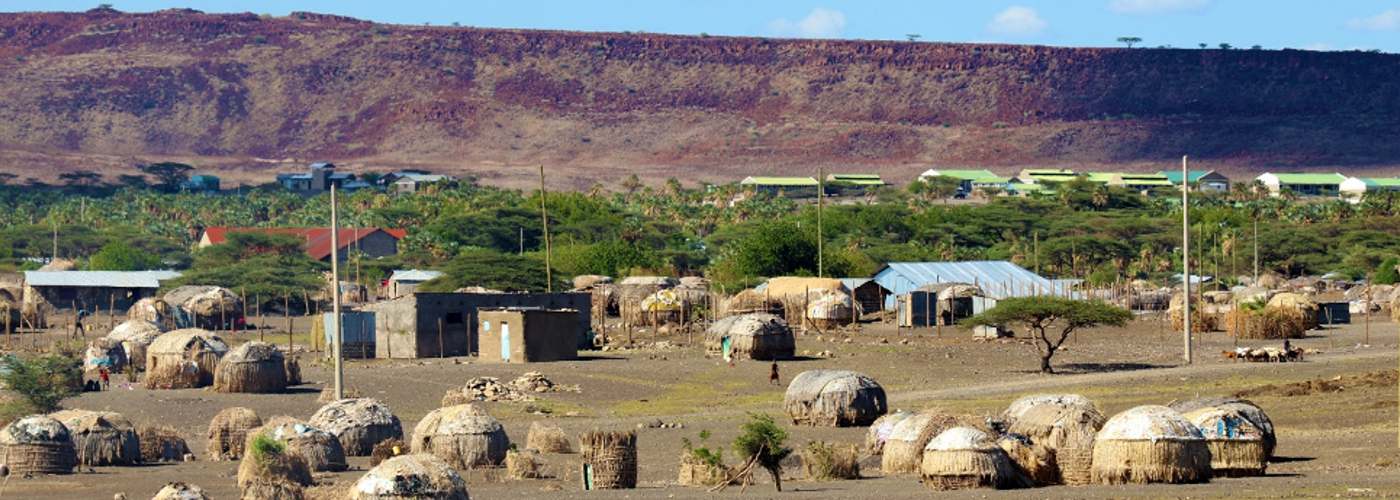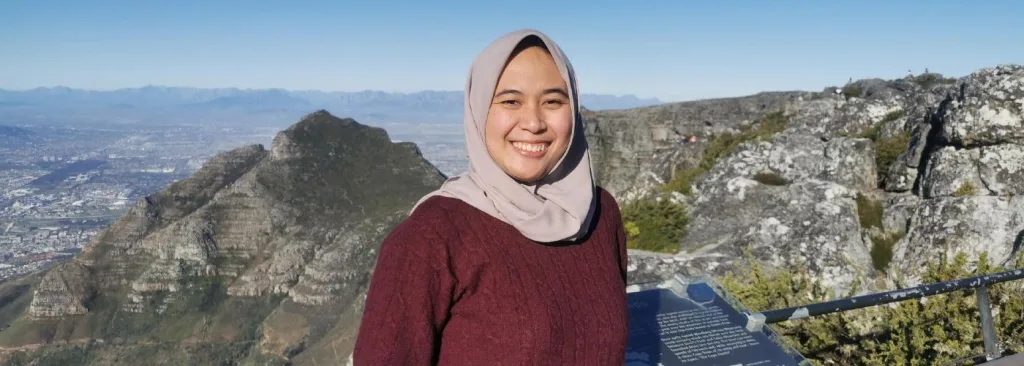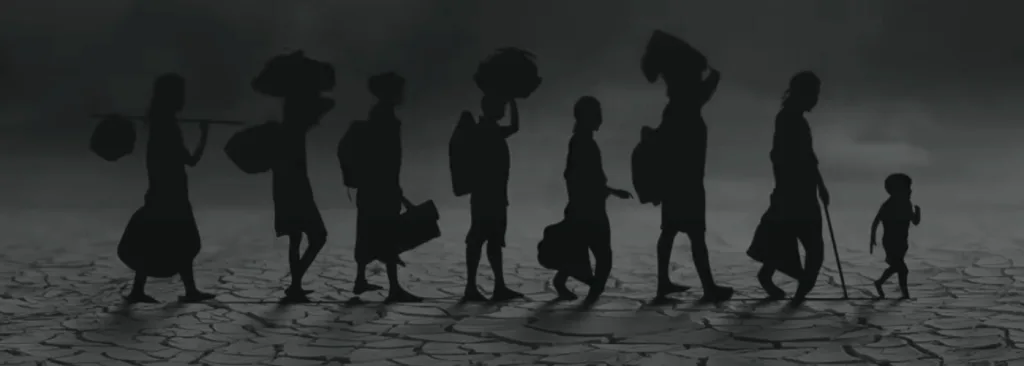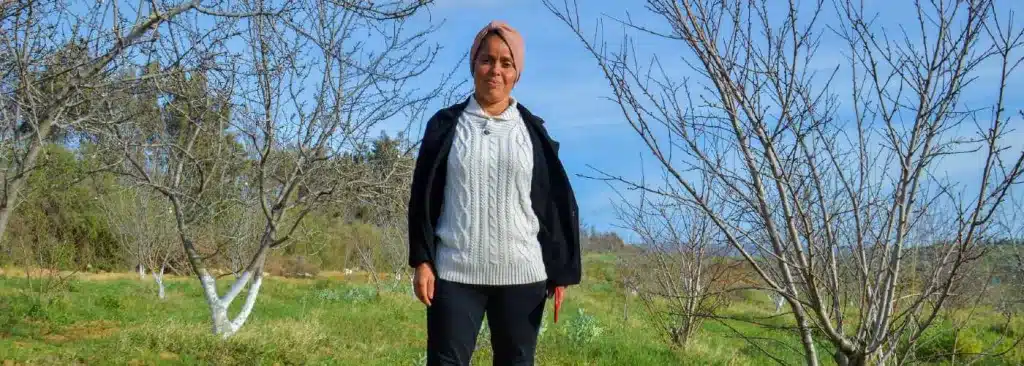Climate justice badly needed by the people around Lake Turkana in Kenya
Hivos was invited to visit Indigenous communities around Lake Turkana in northern Kenya. Vincent Mogaka, project officer for the Voices for Just Climate Action (VCA) program in East Africa, saw firsthand how local communities remain neglected in the face of the climate crisis. Here’s his account of the visit.
In the northern part of Kenya, near the shores of Lake Turkana, lies a small town named Loiyangalani. For centuries the Turkana people have called it home. But in recent years, the effects of climate change have led to devastating consequences for its inhabitants and the environment. High temperatures and prolonged droughts occur much more often, leading to crop failures and death of livestock. This is now destroying the livelihoods of the Turkana people and exacerbating their poverty and food insecurity. At the same time, Lake Turkana is the site of a massive wind farm. It was built in 2009 and provides over ten percent of Kenya’s electricity.
“My visit to Loiyangalani made me realize once again how the effects of climate change create and exacerbate social inequalities.”
I was part of the Hivos team that was invited by American Jewish World Service and the Samburu Women Trust to visit Loiyangalani. The scenery left a huge impression on me. The sun beat down relentlessly on the harsh environment. Even the shrubs and Acacia trees – desert plants – looked like they were struggling to survive in the parched surroundings.
Wind power and exclusion
During our visit we met with the local Wong’on Women Initiative. They work to protect and empower the rights of Indigenous women and girls among the Lake Turkana fisher folk. As we spoke, I learned that local communities were not connected to the electricity grid. And yet the wind power project was within their territory. The women revealed that the government hadn’t followed the proper consent procedures when building the wind power farm on community lands. The ironic thing is, even if the community had been connected to the grid, the people wouldn’t have been able to afford it.
Another problem is that Lake Turkana is one of the most saline lakes on the continent, hence unfit for drinking. Teresalba Sintiyan, team leader at the Wong’on Women Initiative, explained that the salt water deteriorates older people’s teeth. There is limited access to fresh water and other resources, and we saw people travel long distances to fetch water and fire wood.
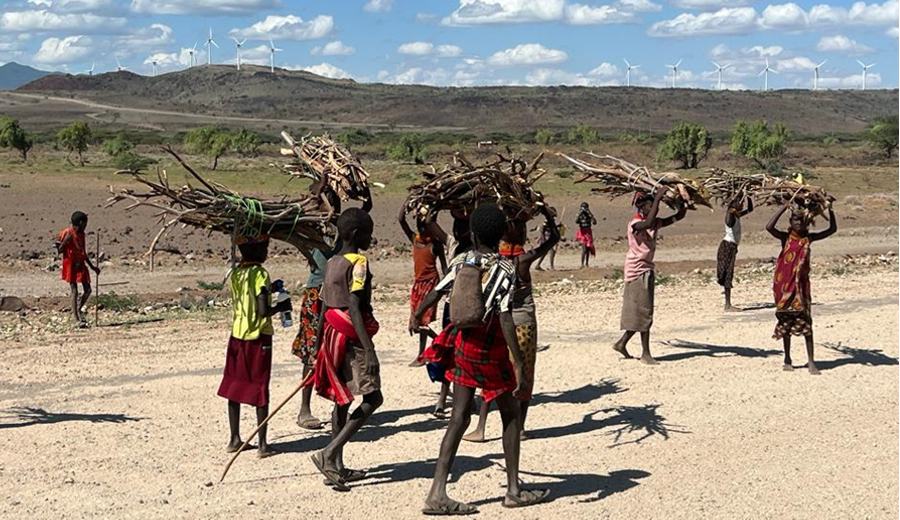
Meaningful collaborations
Hivos wasn’t the only organization invited to visit the Indigenous communities in Loiyangalani. We were joined by Natural Justice, NAMATI, Katiba Institute, and GROOTS Kenya. The idea was for everyone to listen to the communities and see how we could be of help through our programs. For us, it was immediately clear that issues of climate injustice – the inequality and poverty caused by climate change – were what we needed to address.
Jane Meriwas of the Indigenous Women Council emphasized the need for all of us to think about what we could do to support these struggling Indigenous communities. Gitahi Githuku of the American Jewish World Service (AJWS) said, “This solidarity visit to Loiyangalani should translate into solutions that will benefit the Lake Turkana community positively.” Everyone started sharing experiences and discussing with the Wang’on Women’s Initiative areas where we might be able to collaborate.
Ndinda Maithya, VCA’s country engagement manager, told the group about Hivos’ climate justice project in northern Kenya implemented by its partner Pastoralist Community Initiative Development and Assistance (PACIDA). The organization helps pastoralist communities influence finance flows for local climate development plans through advocacy training, amplifying their voices in the media, and network building to access climate finance.
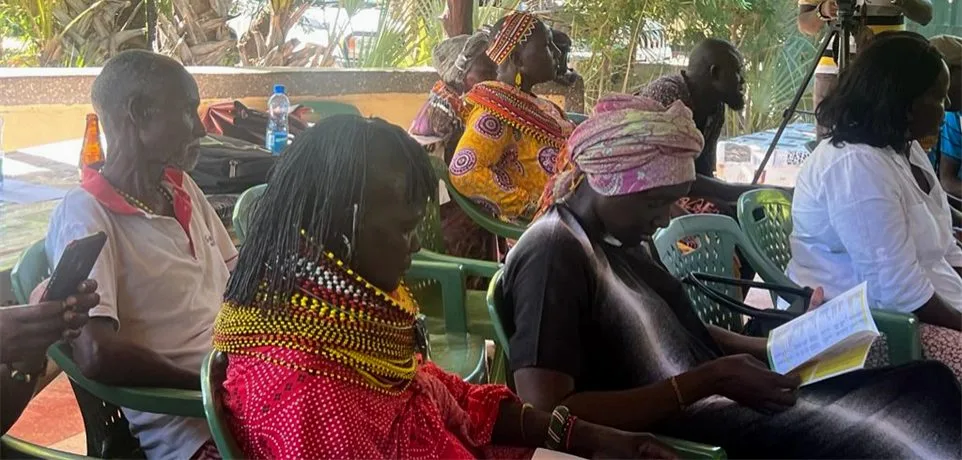
Climate justice
My visit to Loiyangalani made me realize once again how the effects of climate change create and exacerbate social inequalities. Those who are least responsible for the climate crisis are hit hardest by it: women, Indigenous people, and low-income groups.
Through our projects and the VCA program, Hivos trains communities to successfully engage with local government and national policy makers over land issues and access to funding. This way, they can invest in and benefit from locally-shaped climate solutions, enabling them to adapt to the impacts of climate change. Hivos believes that for the energy transition to be successful, it must be inclusive. That’s what climate justice is all about.

